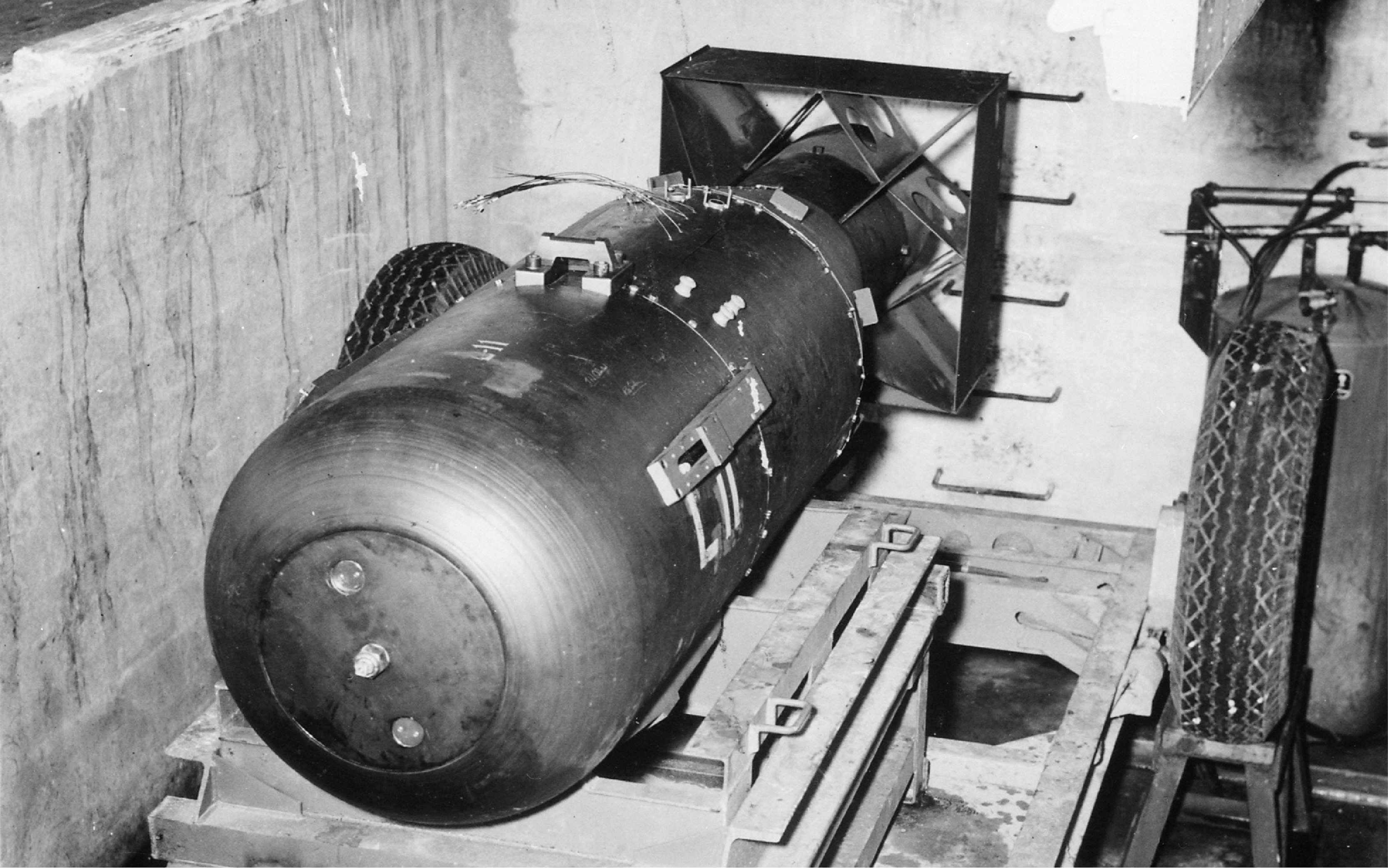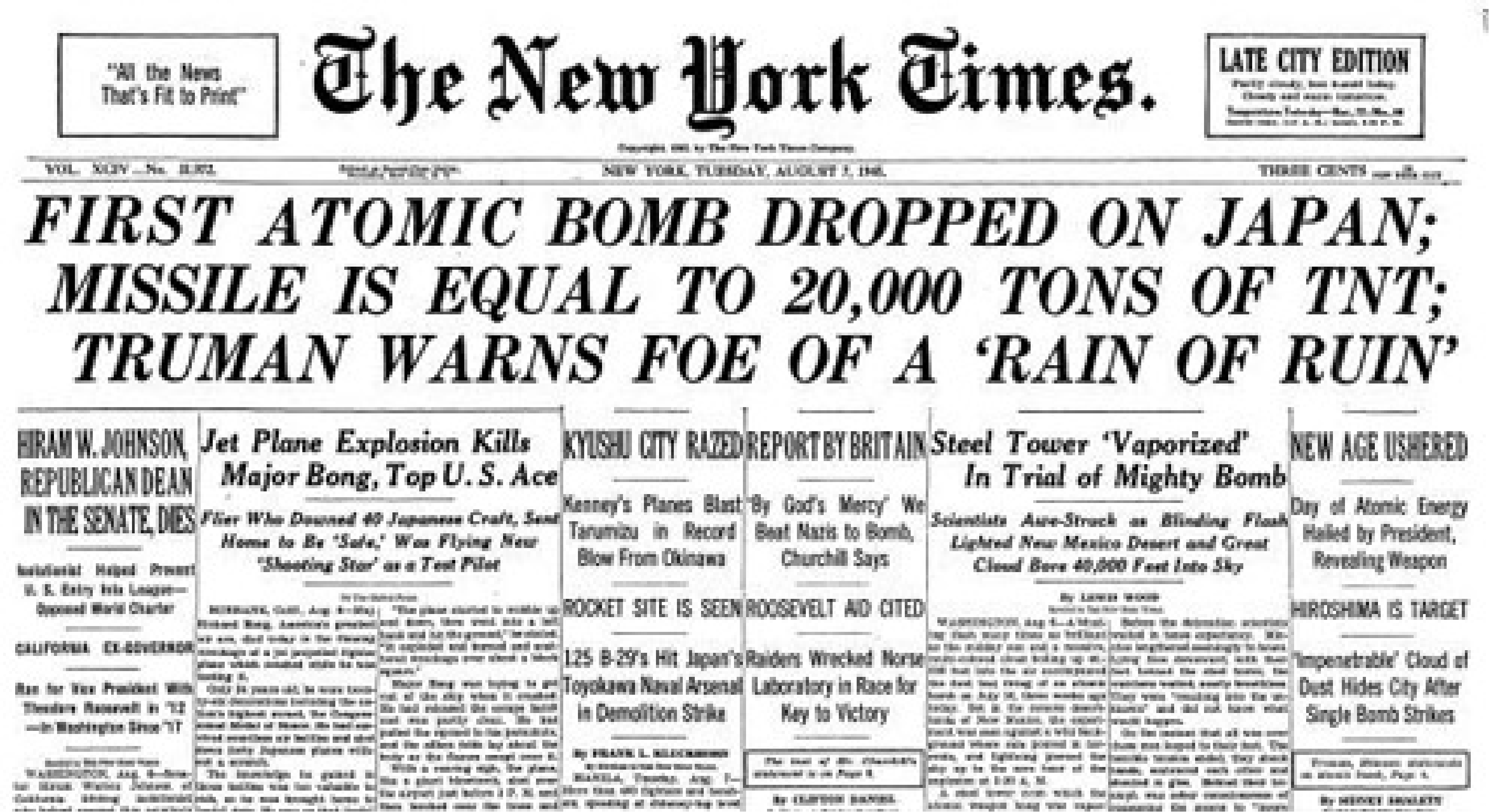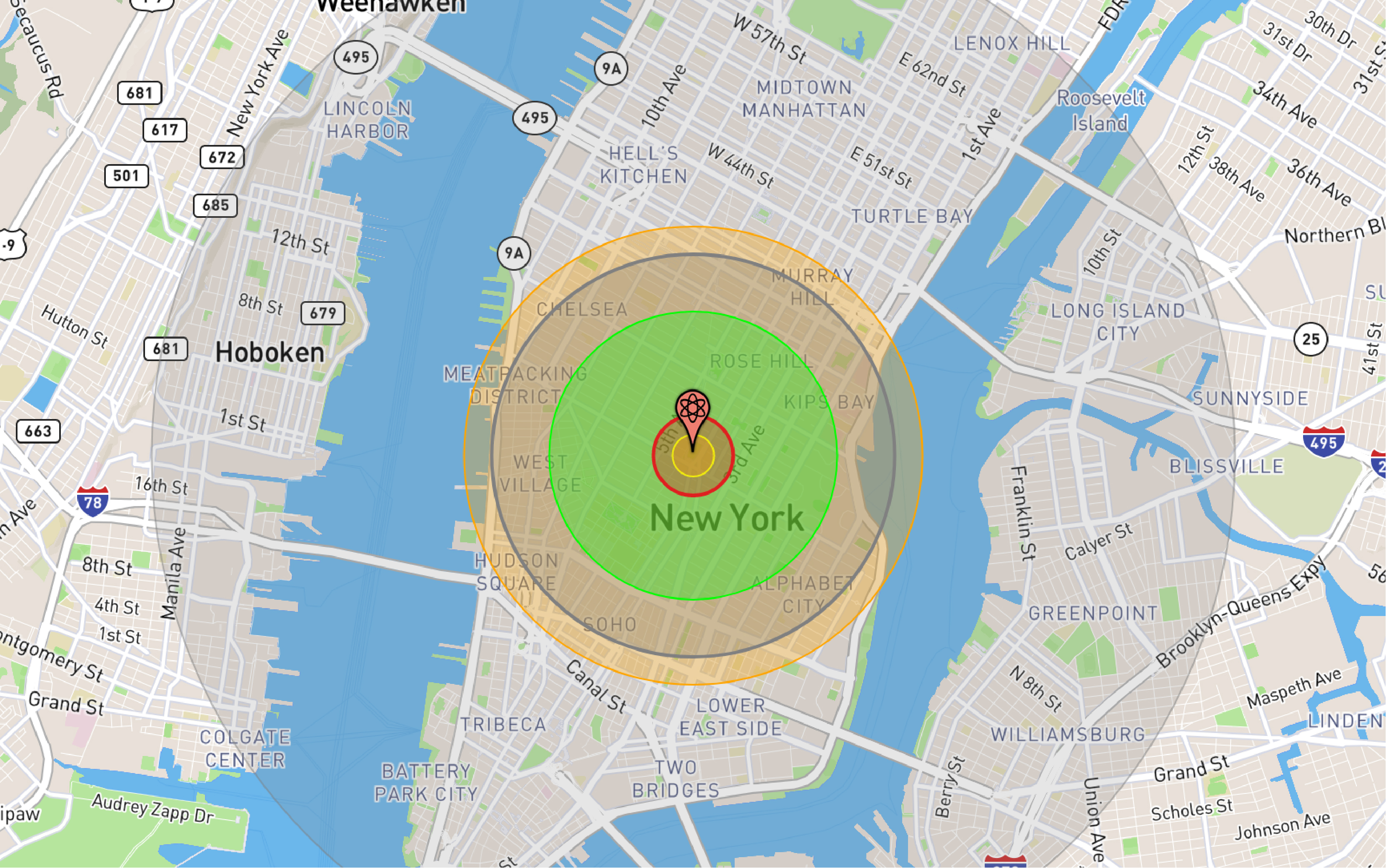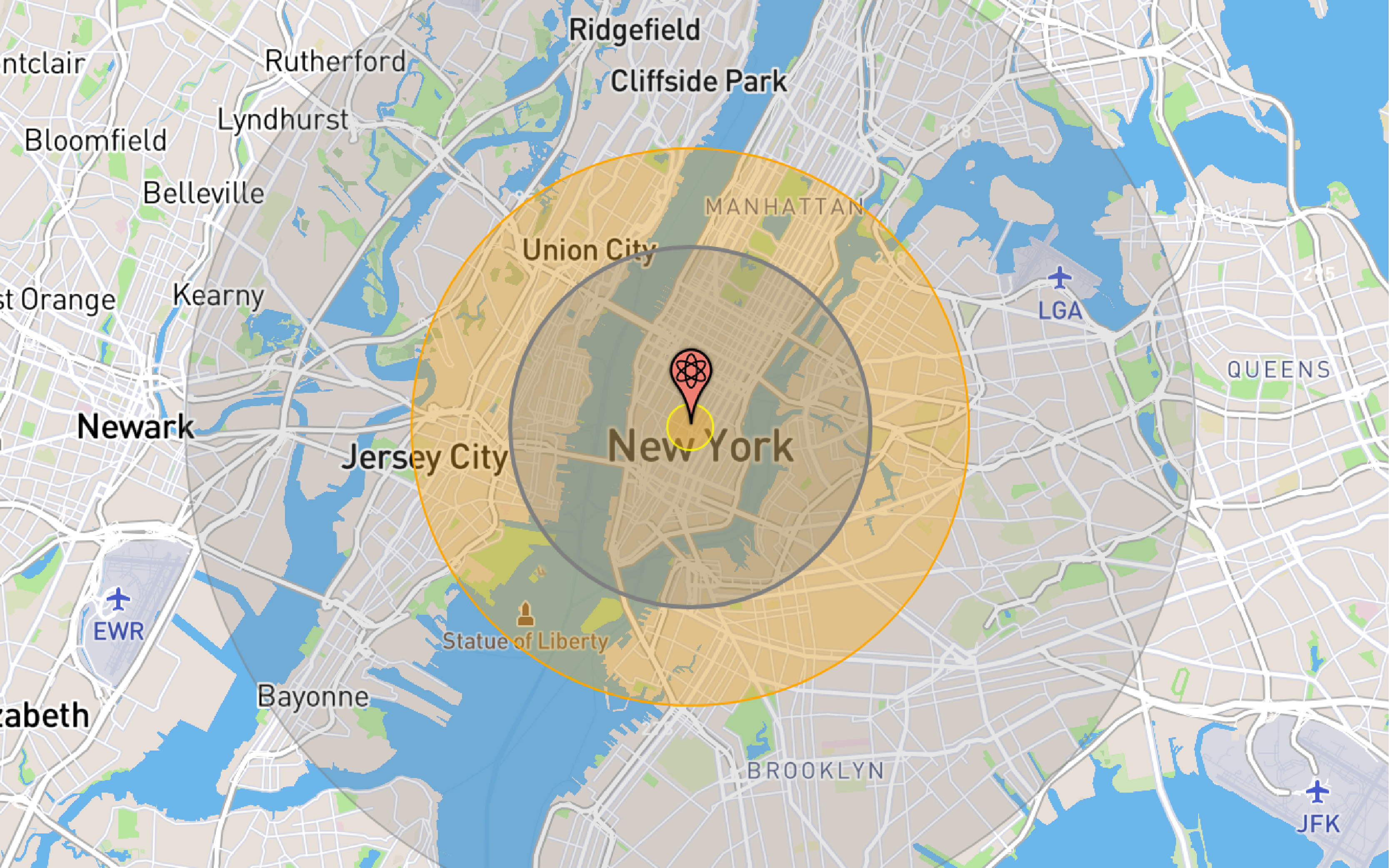Hiroshima: with the death of a city, the bomb comes of age
On August 6, 1945, the United States dropped a nuclear weapon on Hiroshima, Japan – the first time such a catastrophic weapon was ever used in conflict. Three days later the U.S. released another on Nagasaki, devastating the city and ushering in the nuclear age. Over the next few weeks, Global Zero will explore what led to the atom bomb’s development, the consequences of its use, and where we’ve come since those fateful days in August. This is the sixth post in our series “‘My God What Have We Done:’ The Legacy of Hiroshima and Nagasaki.”
On the morning of August 6, 1945, three B-29s set out from Tinian Island, southeast of Japan. The nine-man crew onboard the Enola Gay was tasked with what U.S. President Harry Truman had endorsed in the Potsdam Proclamation of July 26 if Japan would not surrender: “complete and utter destruction.” The destruction incurred at Hiroshima ushered in the nuclear age, and it is important to recognize that threat is still with us – and has grown exponentially.
“Little Boy,” the codename for the bomb the Enola Gay carried, had made its way across the world to the skies over the western Pacific. It contained uranium mined in what is now the Democratic Republic of the Congo, later enriched at the Y-12 plant in Oak Ridge, Tennessee, contained in a device designed at Los Alamos, and manufactured and assembled in Michigan, Washington, D.C. and California before setting off by ship across the Pacific. Though the bombing was conceived to bring a decisive end to the war in the Pacific, it was also in some ways an experiment: no nuclear weapon of a similar design had yet been tested.

Six miles below them, the city of Hiroshima prepared for another day. While the city had been largely spared from bombing, after years of war its residents were able to recognize the model of plane approaching their city by the sound of its propeller alone. Fujio Torikoshi, a survivor, remembers the moment the bomb was dropped: “Our ears were trained back then; I knew it was a B-29 immediately. I stepped out into the field out front but saw no planes. Bewildered, I glanced to the northeast. I saw a black dot in the sky. Suddenly, it ‘burst’ into a ball of blinding light that filled my surroundings.”
Other survivors have described the light, heat and sound of the bomb as one inseparable sensory assault: “[…]in Hiroshima dialect, ‘Pikadon.’ ‘Pika’ is the ‘flash.’ ‘Don’ is the sound and the blast. Pikadon. People say, ‘My husband died because of pikadon.’ They say. Pika, that is a flash, a strong flash. And then, by the strong flash, flammable things, like people’s clothes, were some attached, loose, such kind of thing, started to burn.”
The bombing of Hiroshima sent political shockwaves across the world: U.S. news reports not only described the incredible power of the bomb but also began to reveal the existence of the Manhattan Project to the world. Secretary of War Henry Stimson described the bomb as “a tremendous aid in shortening the war against Japan.” Japan, as it assessed the damage and attempted to manage the consequences of the disaster. While it was clear that a new era had begun, with the dust and smoke still thick around the ruins of the city, the exact effects of the bombing remained unclear.

Hiroshima has since been held up as an example of the horrors of nuclear war, a frightening introduction to the full, terrible potential of this new technology. But today, 74 years later, it’s essential to understand how much has changed about the way we think about – and plan for – nuclear war.

“Little Boy” was by no means little: it had a payload of approximately 15 kilotons – enough to kill tens of thousands of people instantly, but relatively small in comparison to many of the weapons in the U.S. nuclear arsenal today. The U.S. ballistic missile fleet carries warheads with a yield between 300-455 kilotons – many times more destructive power than the Hiroshima bomb. Even the new so-called “low-yield” nuclear weapon, the B61 Mod 12, has a payload between .3 and 50 kilotons, meaning that it too could far outstrip “Little Boy.” When we think of Hiroshima as a warning of the dangers of nuclear war, we must keep in mind how much higher the stakes are today.

This isn’t to diminish what happened in Hiroshima 74 years ago. The bombing killed 70-80,000 people in the immediate aftermath and injured as many; total casualties have been estimated to be as high as 166,000. 4.7 square miles of the city were totally destroyed. But to honor the memory of those killed at Hiroshima, we must fully comprehend the urgency of never allowing such a thing to happen again. In the words of Hiroshima’s mayor, Kazumi Matsui, “if the human family forgets history or stops confronting it, we could again commit a terrible error. That is precisely why we must continue talking about Hiroshima. Efforts to eliminate nuclear weapons must continue based on intelligent actions by leaders around the world.”
Hiroshima and Nagasaki are most often discussed in one breath, as a single event; our next post considers Nagasaki and its legacy.